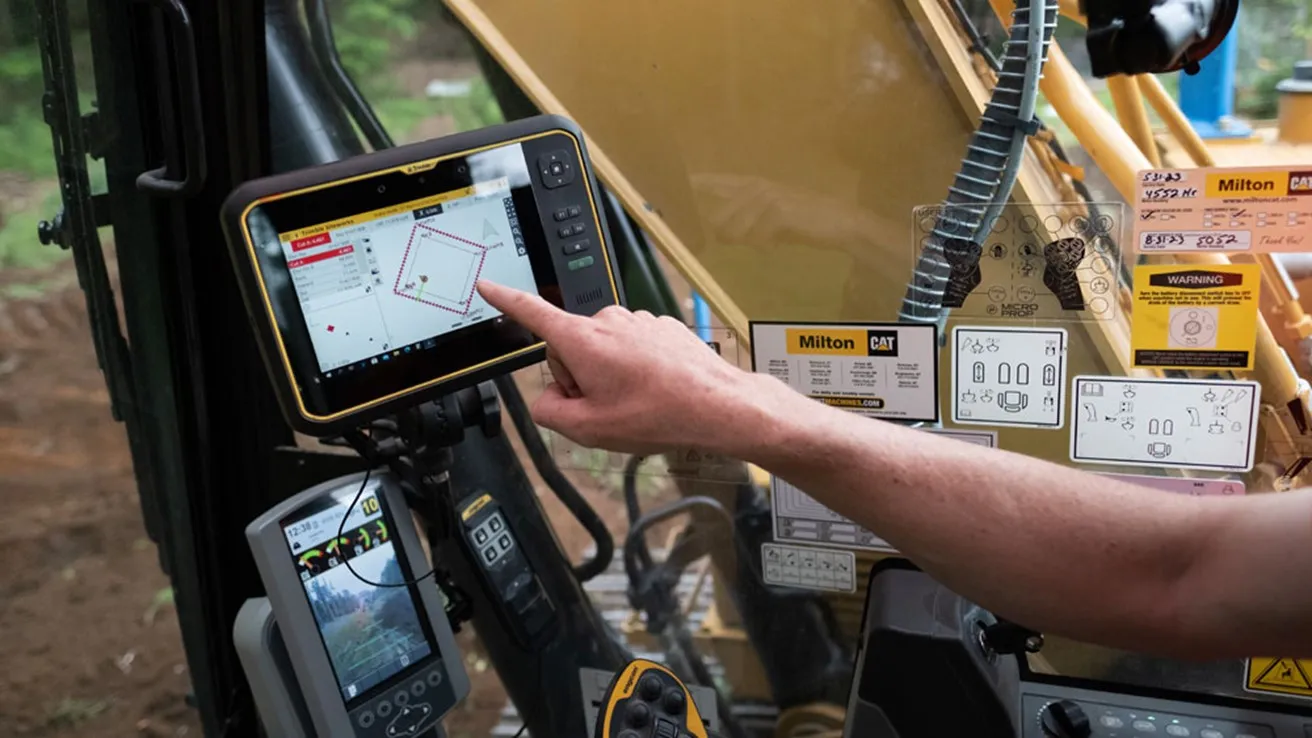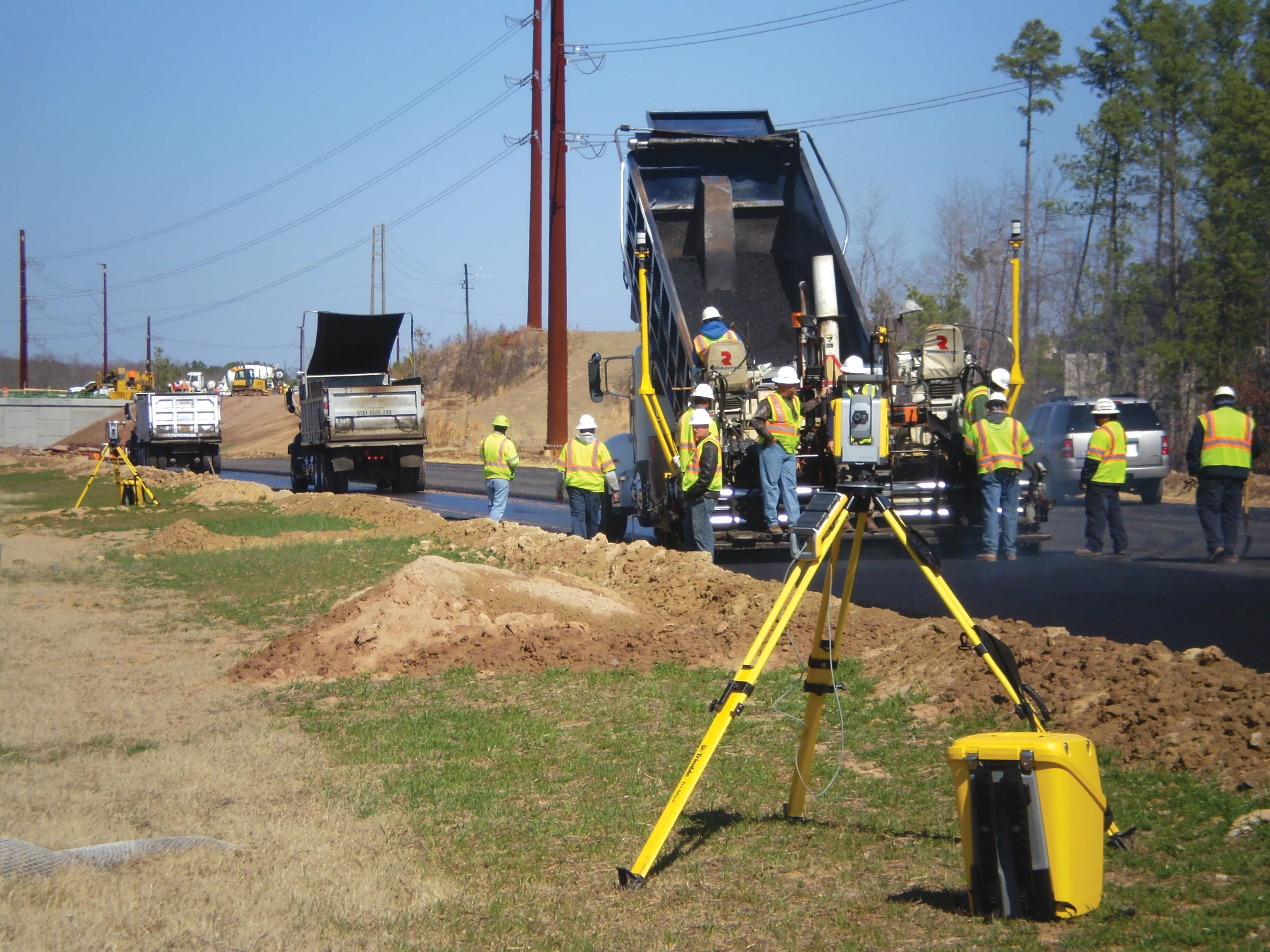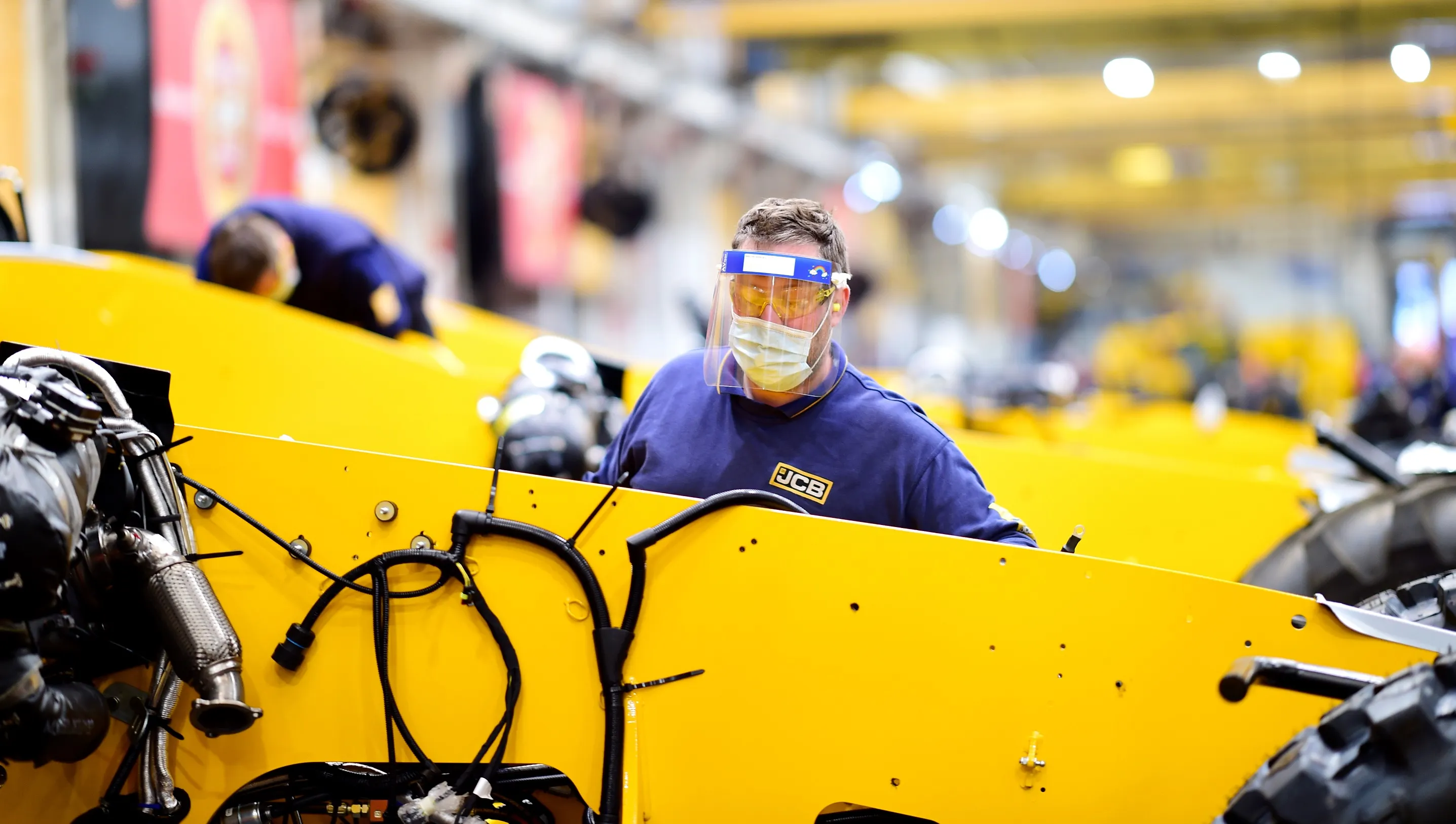
“It feels like a perfect storm. A hurricane and a tornado, all rolled up into one.” Rachel Sederberg, a research manager at labour market data company Emsi Burning Glass didn’t mince words during AEM’s recently held member education webinar on workforce trends and their impacts on business strategy. When describing the seriousness of the labour shortage in the US, she said that it’s long been a problem and now it’s getting much worse.
When the COVID-19 pandemic took hold in February 2020, there were 7 million job openings and 5.9 million unemployed people in the US. Two years into the pandemic, the statistics paint a dire picture of the workforce landscape as it stands presently.
“If we were to try to get back to where we were the day before COVID hit and turned our world upside down, we’d need 175 million more people in the labour force,” explained Sederberg. “If we want to get to an equivalent point today and keep up with our population growth, we need another 2.9 million.”
The scarcity of skilled workers is one of the greatest challenges facing the equipment manufacturing industry today. Addressing it is a task not easily accomplished. It’s a problem of ever-growing significance and its effects are being felt industry-wide. Not only are manufacturers struggling to fill job openings today, recruitment efforts have left them wondering exactly why it is so difficult to connect with younger generations entering the workforce and inspire them to embark on a career in manufacturing.
A lot of answers can be found in looking at the not-so-distant past. Prior to the pandemic, Baby Boomers had been exiting out of the labour force in great numbers for some time. Comprised of people born between 1946 and 1964, Baby Boomers had come to shape the US workforce – and society as a whole – over the course of several decades prior to the turn of the century.
During the Baby Boomer era, women made their way into the workforce in greater numbers and massive household wealth gains were achieved . This included a huge US$42,000 jump per household between 1975 and 1995.
However, the impact of Baby Boomers on the labour market began to change - and not for the better - in the early 2000s, when older Boomers started to reach retirement age. Eventually, as more and more exited the workforce, labour force participation began to drop and the number of prime-age men in the workforce plummeted. The perfect storm had begun to take shape.
“Partly due to Boomers leaving, even at the time COVID-19 hit, we just didn’t have enough people for every job opening,” said Sederberg.
Now, two years later, job openings in the US have jumped 43% from 7 million to 11 million. According to Sederberg, there are several reasons for this.
Reasons why
Misalignment is where available job opportunities don’t always match up very well with the skills, demographic traits and preferences of those who are looking for work.
With immigration sinking to record lows on the heels of a steady decline for several years, relying on talent from abroad as a source of labour isn’t as viable of a solution as it’s been in the past.
Meanwhile, up to $2 trillion was dropped into consumers' pockets thanks to the Coronavirus Aid, Relief and Economic Security (CARES) Act, which was passed by Congress and signed into law on March 27, 2020, in the wake of the economic fallout that occurred in the opening weeks of the COVID-19 pandemic. The influx of cash allowed certain people to finance their way out of the labour force.
Indeed, as income soared in the US for all groups between 2019 and 2021, many people could finance their exit of the labour force, either permanently or for an extended period
There has also been an increase in self-employment. New business applications jumped significantly during the pandemic as more and more people opted to leave the labour force and go into business for themselves.
Tragically, there are also the opioid and overdose issues. The rate of overdose deaths in the US particularly among males, continues to rise. Its impact on the available pool of labour talent can’t be overlooked.
“We can’t employ what we don’t have and with record-low birth rates this is a problem that’s not going to go away,” said Sederberg.
No statistic better illustrates the challenges facing the US labour market than this; by 2034 – only 12 years from now - older adults will outnumber children for the first time in the nation’s history. “So, the question is how we should deal with this. It’s not about the unemployed versus the employed,” explained Sederberg. “It’s about the disengaged people in our society.”
The solution, she said, lies in employers making a concerted effort to actively seek out and recruit those who are disengaged from the labour force. To do so, Sederberg advised organisations to be transparent about the job and its benefits. They should embrace job freedom whenever possible while at the same time actively and creatively recruit.
“Focus on small, specific groups of workers,” she said. “That’s the most important thing.”
*The AEM - Association of Equipment Manufacturer, based in North America - is an international trade group representing off-road equipment manufacturers and suppliers with more than 1,000 companies and over 200 product lines in the agriculture and construction-related industry sectors worldwide. The equipment manufacturing industry in the US supports 2.8 million jobs and contributes roughly $288 billion into the US economy every year.









